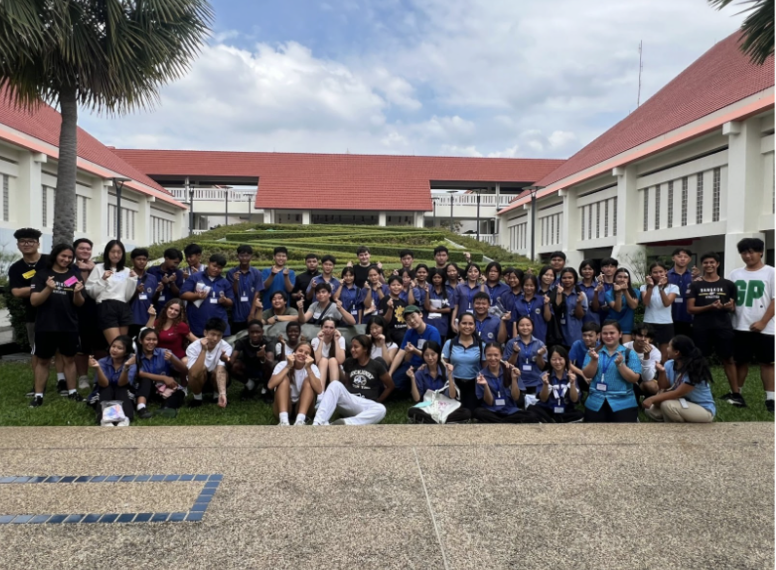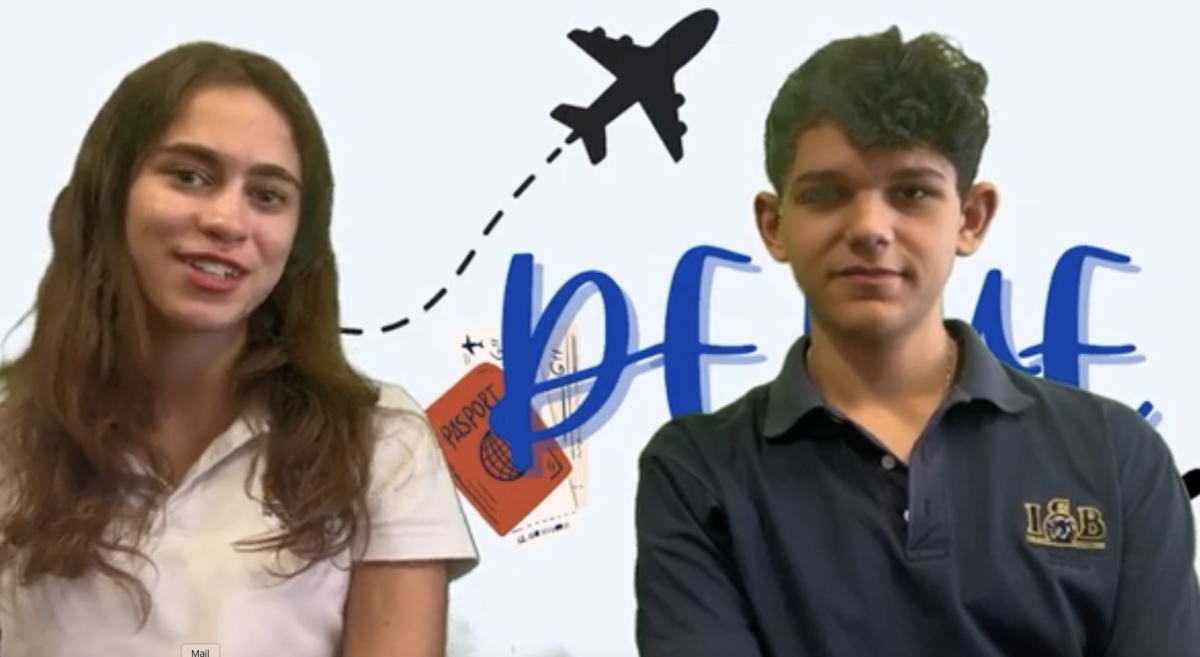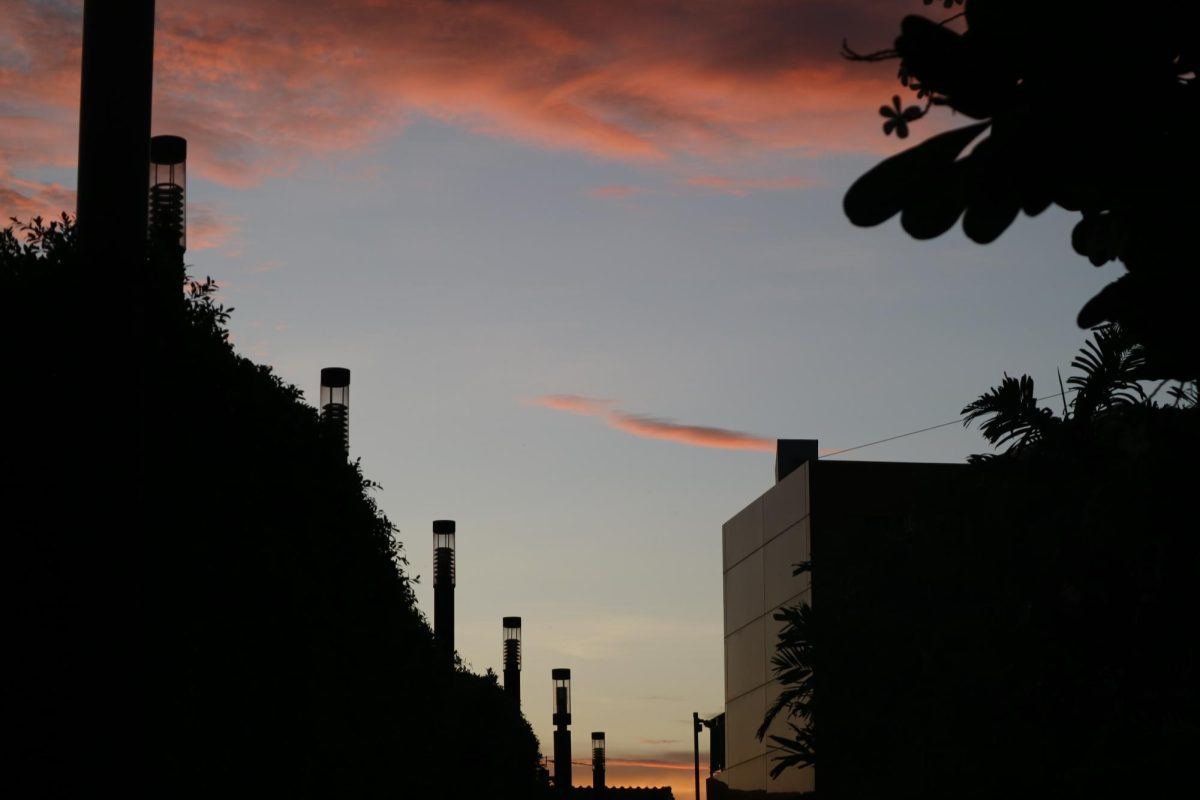Morning prayers and twenty minutes of mandatory silent reading is the way girls at St Scholastica’s College start school every day. As a Catholic private all-girls school in Sydney’s inner west, St Scholastica offers a very different high school experience than the one here at ISB, where mornings are more likely to start with a panini at the Grind.
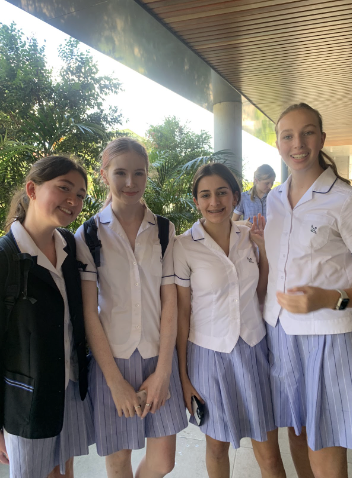
As a second-time expat who arrived at ISB earlier this semester, I have some experience in new surroundings in terms of school and lifestyle. The first time I moved overseas was both stressful and rewarding. My international school in Saint Germain en Laye, Paris was hard, as all of my classes except for one were in French, so I was thrown into the deep end. My experience at ISB has been very different. There are so many classes tailored to the range of different interests and talents of students. ISB offers unique opportunities through specific classes that I didn’t experience in Australia or Europe. The school is much more student-focused than what I’m accustomed to. Teachers are friendly and create a relaxed learning environment compared to my other schools, where relationships between students and teachers were often tense.
ISB is by far the most relaxed school I’ve attended in terms of teacher-student relationships and flexibility. Respect goes both ways, and people are comfortable. In Paris, teachers were feared and obeyed. They presented themselves strictly as authority figures who expected full respect, which they did not reciprocate to students. In Australia, some teachers tried the same but were not as effective. From my experience so far, teachers at ISB entrust students to hold themselves responsible for school work and behavior. Students work hard without being scared into it, which is something I love about school here.
But the grading system here is very peculiar. I’m accustomed to receiving a mark out of 100 or out of 20 rather than from 1 to 7. Many times here, when receiving a 6, I have been initially shocked at my poor performance because I was thinking it was 6 out of 20. It is taking me some time to get used to.
And then there are the uniforms. The stress of maintaining a consistently perfect uniform had a significant impact on my daily school life in Australia. I was the social justice prefect of my school, and my role was to lead weekly meetings and to write and present our mission updates at assembly. As prefect I ran monthly fundraisers and initiatives then organized feeding the local homeless. Since I had a leadership role, teachers would watch me extra closely for one too many piercings, skirts too short and hair out of place. I spent a lot of time praying — and consistently presented at assemblies and led the prayer — despite doing the sign of the cross with the incorrect hand in front of the whole school almost every assembly without fail.
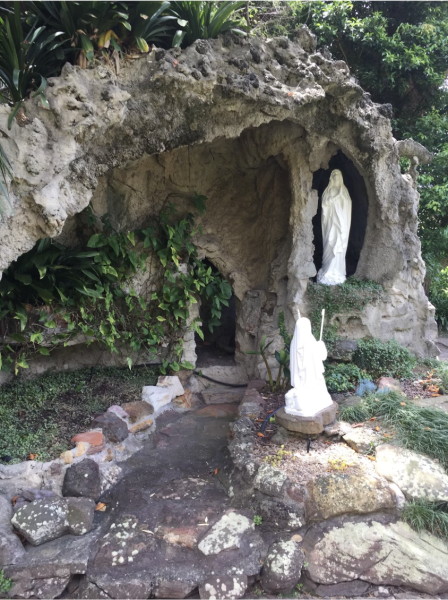
Little things like free dress days are also very different compared to Australia. They are much more relaxed here, as in Australia, the one day per term we had free dress was a very big deal. One day a term, four times a year, we were allowed to wear our own clothes, although they still had to be in accordance with the still-strict dress code. At ISB there is no pressure to produce the perfect outfit since everyone has the opportunity to accessorize and wear what they want throughout school with the more relaxed uniform rules. Schools in Australia argue that wearing jewelry to school would affect our learning by distracting us and would also create displays of wealth. I haven’t found that at all here. Not having to worry about lined up uniform length, nail, makeup, hair, shoes and correct bag checks has been very nice and showed me that how we look really doesn’t affect our learning.
Here at ISB, people are comfortable, and staff and students teach and learn in a less stressful environment. I initially found ISB’s campus daunting, but it has many facilities that wouldn’t be found in even the biggest schools in Sydney. The openness of the campus is similar to ones in Australian schools, but its huge size is still one to get used to.
Overall, the most interesting part of school life is the golf carts students drive to and from school. It has been by far the most fun detail to share with my friends at home. They agree that I am severely missing out since I live downtown and cannot have one. Living downtown so far from school and all my friends is difficult and limits what I’m able to do socially and in terms of extracurricular activities. Although I decided I wouldn’t be able to commit to a sport as traffic might mean not getting home until after 7 p.m., it has been fun trying out and experiencing team sports at ISB.
The community at school feels more connected too. With only four year groups rather than six, I find it a lot easier to familiarize myself with more people in high school. So many people are from all over the world and have shared their experiences with me. I’ve learned about what school and life is like all over the USA, Europe and Asia.
Despite the trek to school being extremely tedious, living downtown is worth it as I’m able to experience the vibrant city life in addition to the close school community in Nichada. The sense of community is very strong at ISB, with almost every student and teacher living very close by in Nichada. ISB feels kind of like an idyllic town. Even with people coming and going as expats do, everyone knows everyone. The Truman Show-like lifestyle in Nichada is very different to what I’m used to.
Going from 1:20 p.m. lunch breaks to eating lunch before noon is very strange to me. Not having a recess break is also something to get used to here, and so is the system of the cafeteria. Not having to wake up early to pack food for recess and lunch every morning is a true luxury. There are so many different options of good and affordable multicultural food here. I’ve tried lots of new foods such as Khao soi. Students here would have a stroke paying $7.80 AUD ($5 USD) for a dry muffin at the average canteen in Australian schools.
Having always imagined and prepared to do what’s known as the Higher School Certificate (HSC) and get an Australian Tertiary Admission Rank (ATAR) mark — basically a percentile ranking — made me feel the change all the more following my recent move during what should have been my final year of high school. Leaving all my friends at home knowing they will undergo the HSC and graduate half a year before me is a lot to get used to. The flexibility and independence of ISB makes it easier to digest the transition and to adapt to a new high school experience.
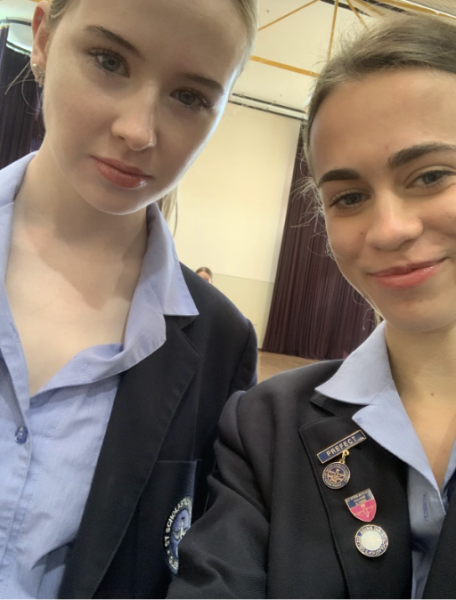
Though the transition from my single-sex Catholic private school to ISB has been a big culture shock, the American influences here are new and fun. I get to experience a version of American high school life and international life at the same time. Despite the inevitable but temporary loneliness that comes with being an expat again, ISB has proven to be a welcoming multicultural community full of many academic and extracurricular opportunities that I am ready to take on.




